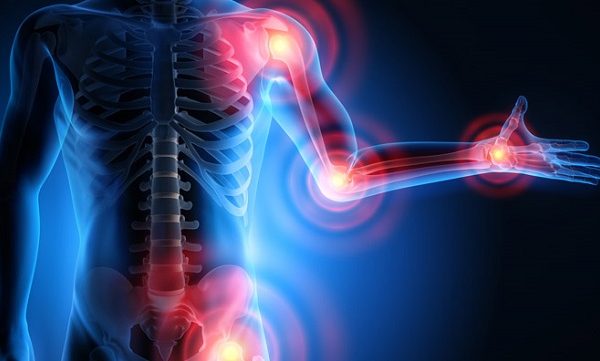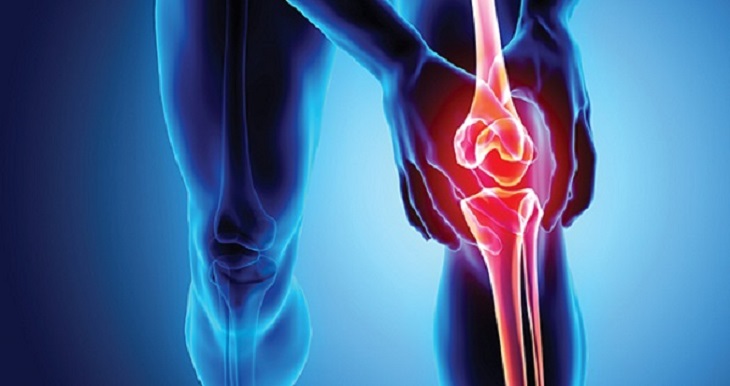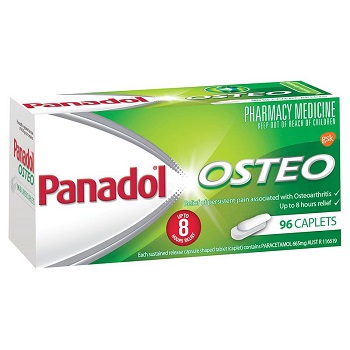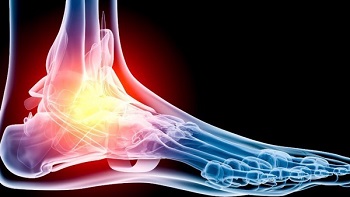20
Feb

One of the most common long-lasting joint conditions is definitely osteoarthritis. A joint is where two bones come together. The ends of these bones are covered with protective tissue known as cartilage. With osteoarthritis, the cartilage breaks down, causing the bones to rub against each other, causing a lot of pain. This is a condition that usually affects older people, although it can affect people of any age as well. Osteoarthritis is also known as degenerative arthritis, degenerative joint disease and wear-and-tear arthritis.

Osteoarthritis Causes
As we mentioned above, the condition is caused by joint damage. This damage accumulates over time which is why it is more common among older people. The older you are the more damage you are going to experience on your joints. However, there are some other factors that may cause it, like torn cartilage, dislocated joints and ligament injuries.  Poor posture, obesity, joint malformation can also be considered causes of osteoarthritis while there might be some risk factors like family gender and history that can also increase the risks of suffering from this condition. With so many people dealing with this health issue, luckily, there are also plenty of treatment options for it. One of the most popular and effective ones is Panadol Osteo. These pills are very popular among people suffering from osteoarthritis as they provide fast relief that lasts up to eight hours. But, before we get into detail about this effective treatment, let’s first take a look at the common symptoms and types of this painful condition.
Poor posture, obesity, joint malformation can also be considered causes of osteoarthritis while there might be some risk factors like family gender and history that can also increase the risks of suffering from this condition. With so many people dealing with this health issue, luckily, there are also plenty of treatment options for it. One of the most popular and effective ones is Panadol Osteo. These pills are very popular among people suffering from osteoarthritis as they provide fast relief that lasts up to eight hours. But, before we get into detail about this effective treatment, let’s first take a look at the common symptoms and types of this painful condition.
 Although this condition mostly affects the joints in the legs, specifically those on your knees, it can also affect any other area in your body including your hands, fingertips, hips and spine, typically at the lower back or neck. The most common symptoms include pain, stiffness, inflammation and tenderness.As osteoarthritis becomes more advanced, the pain becomes more intense and with time people may start experiencing swelling in the joints and the surrounding area. Recognizing the symptoms can help you start treating the condition on time and manage it better.
Although this condition mostly affects the joints in the legs, specifically those on your knees, it can also affect any other area in your body including your hands, fingertips, hips and spine, typically at the lower back or neck. The most common symptoms include pain, stiffness, inflammation and tenderness.As osteoarthritis becomes more advanced, the pain becomes more intense and with time people may start experiencing swelling in the joints and the surrounding area. Recognizing the symptoms can help you start treating the condition on time and manage it better.
Osteoarthritis is a condition that comes in five stages, from zero to four. The first stage is zero and it represents a normal joint while the last one represents severe osteoarthritis. However, it doesn’t mean that everyone will reach stage 4. In many cases, the condition can stabilize long before it reaches the last stage. People with the severe degenerative joint disease usually experience increased swelling and inflammation, increased pain during activities or even when resting, decreased range of motion, joint instability and other symptoms like muscle weakness, joint deformity and bone spurs.
In most cases, osteoarthritis is a slow-developing disease which makes it hard to diagnose it until it starts being painful. The condition can be diagnosed with the help of an X-ray and in addition to it, the doctor may use an MRI scan as well. Other diagnostic tests include a blood test, a joint fluid analysis, etc.The treatment that your doctor will prescribe will depend on the severity of the condition and the symptoms. There are a number of different topical and oral medications that can help you find relief from pain. Topical analgesics are available as patches, gels and creams. 
When it comes to oral medications, Panadol Osteo is highly recommended. These are unique bi-layer tablets that are gentle on the stomach with no added sugar, lactose or gluten. This makes panadol suitable for people with stomach ulcers, breastfeeding mothers and asthmatics sensitive to NSAIDs and Aspirin. The active ingredient in this medicine is paracetamol which is released in two stages. The first one releases it quickly for rapid action, while the second one releases it slowly providing prolonged pain relief, up to eight hours. The dose of paracetamol in these tables is much higher( 665mg) than regular paracetamol and because of this, the recommended dosage is not more than 3 times a day (24 hours). Caplets are oval-shaped and film-coated, which makes them easier to swallow without leaving an aftertaste in your mouth. You can take them with or without food, but it’s important to not crush them. Always read the labels and use them only as directed. Incorrect use could be harmful, so in case you are experiencing some symptoms, consult with your doctor as soon as possible.
There is no downside od eating healthy, but if you are dealing with osteoarthritis then proper nutrition is especially important. It is crucial to keep your weight in a normal range in order to reduce the pressure on your joints. Some types of osteoarthritis, specifically those of the knee respond very positive to a diet high in flavonoids – nutrients found in vegetables and fruits. Eating food that has high levels of vitamin C, D, beta-carotene and omega-3 fatty acids can be highly beneficial in relieving symptoms. Aside from the proper medications and a healthy diet regimen, you may also be recommended to exercise, get adequate sleep, get heat and cold therapy and drink green tea.